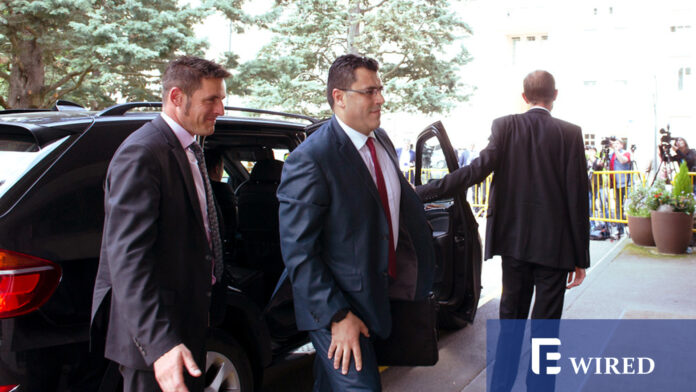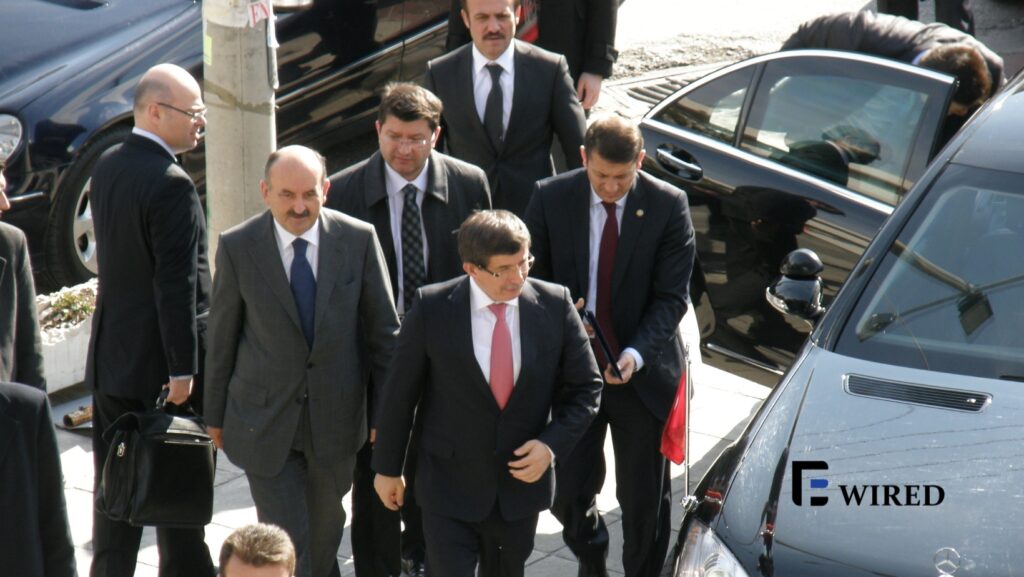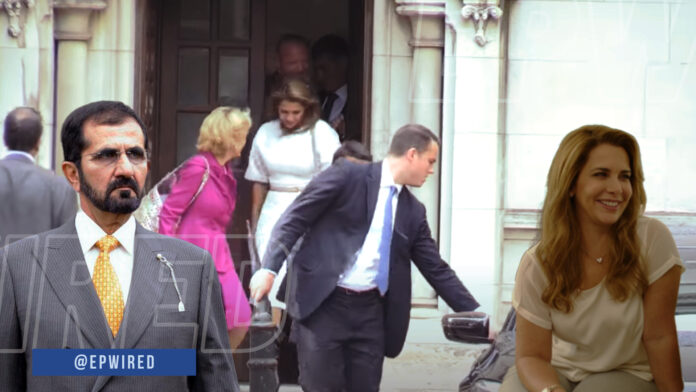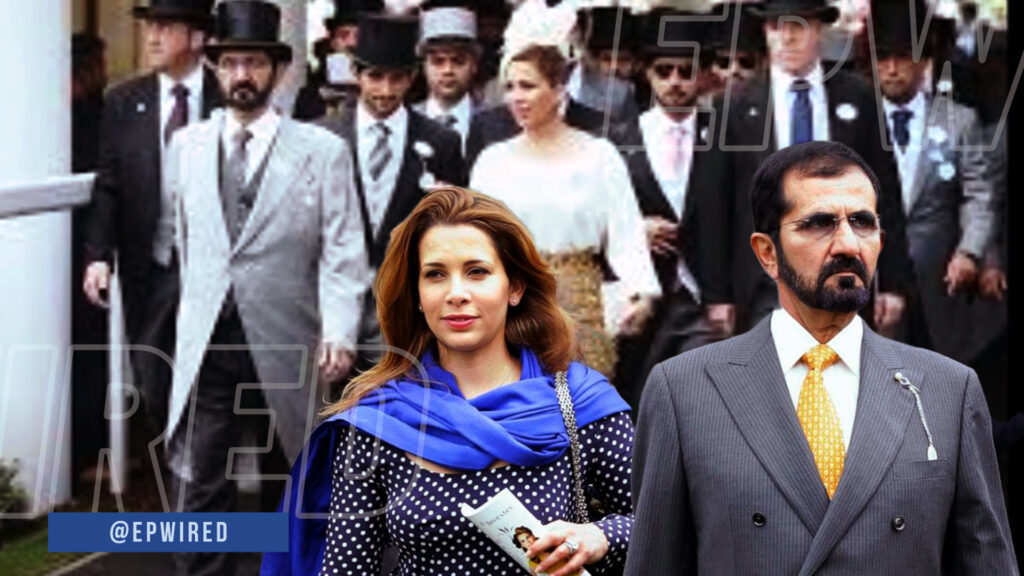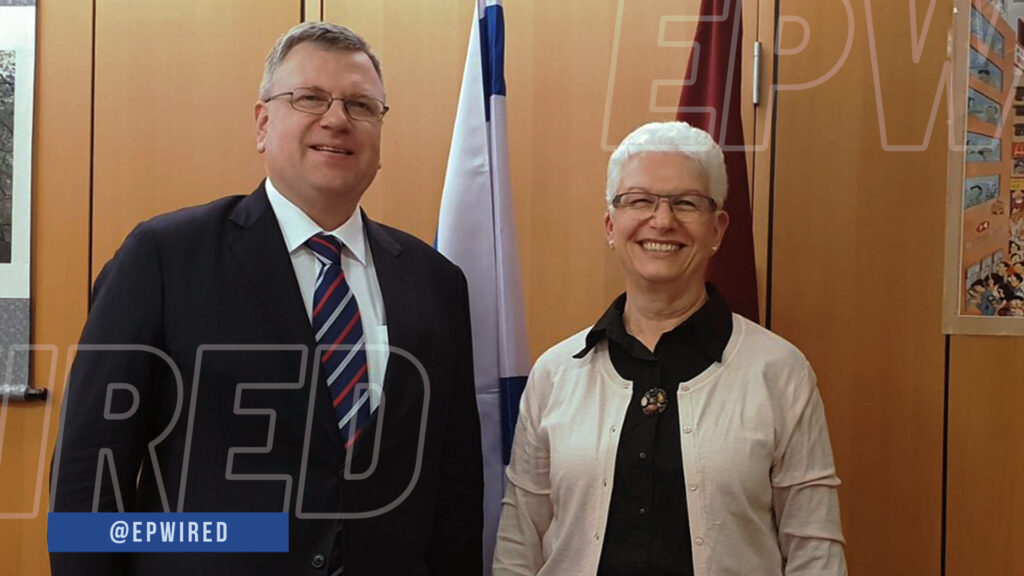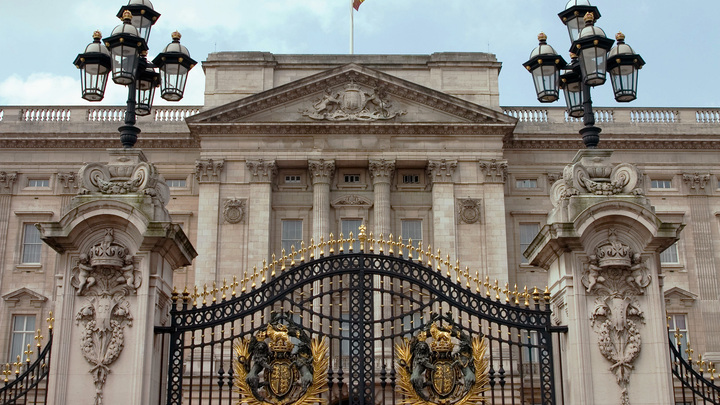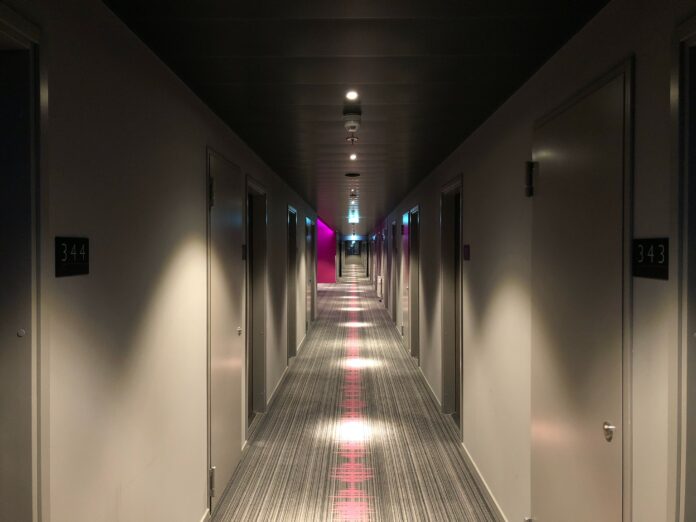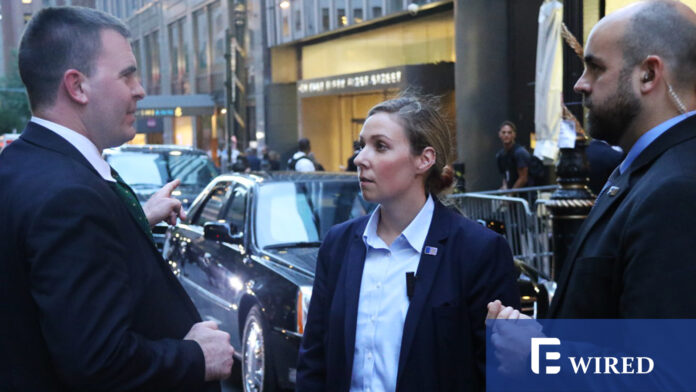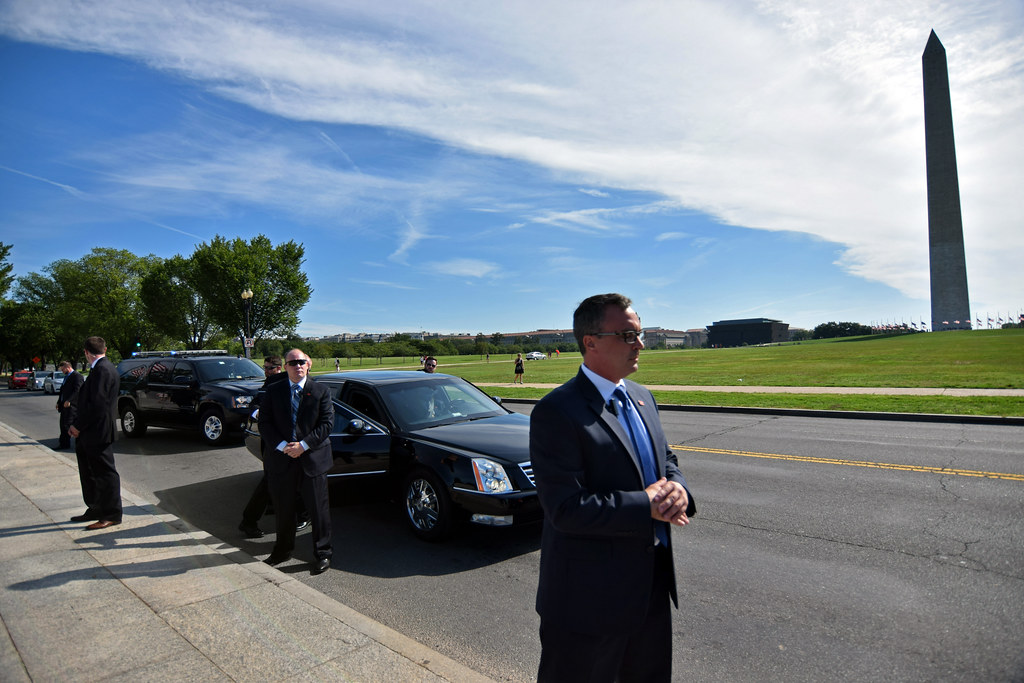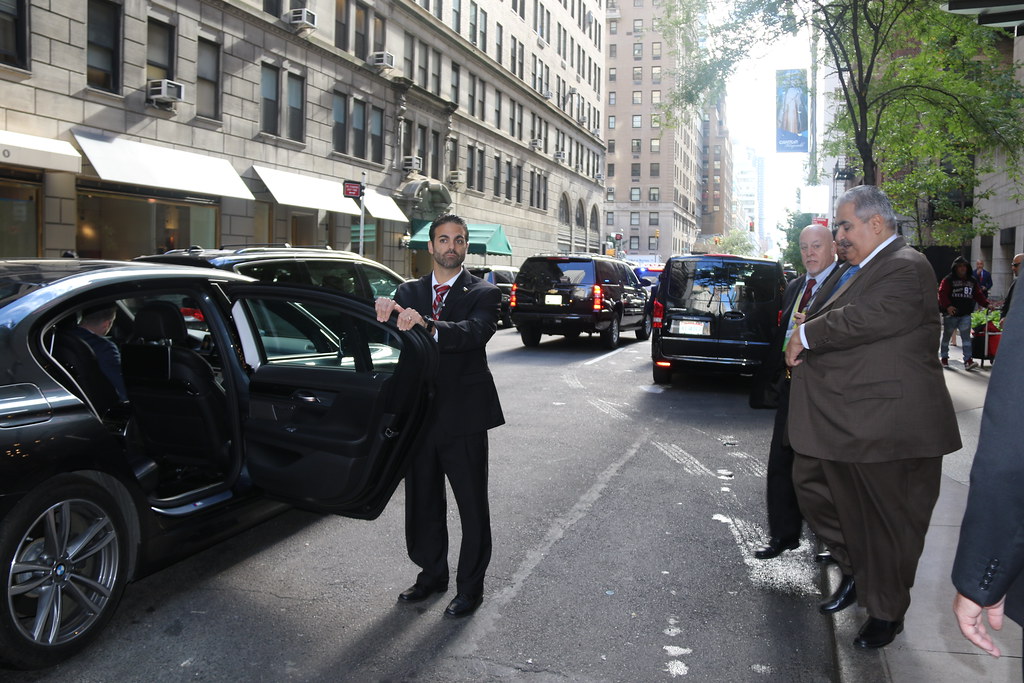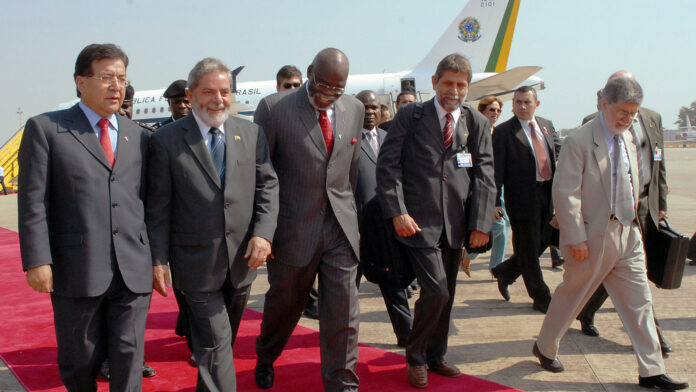Whether you are interviewing a suspect, witness, or victim, let us review some basic reminders to make your investigative interviews more productive and successful in obtaining factual and truthful information.
To start understanding yourself.
Check your personal biases and prejudices at the door. Going in with your mind ready and set on a conclusion can lead you down the wrong path and waste valuable time.
The Pre-Plan
Part of the planning process is to draft interview questions and objectives for your interview in advance of the conversation you plan to have with the subject.
Draft the who, what, where, when, why and how questions along with other questions you will want to ask the subject. Remember at a minimum the five W’s and one H questions should be asked.
In the interview opening it is important to have a friendly greeting and to build rapport. Starting an interview with a serious tone could close off the subject that may limit your ability to gain details. Setting the interview environment or room properly must also be planned. In every case it is important to separate witnesses and eliminate as many distractions as possible. Create a safe environment and one that will provide an atmosphere inviting and conducive for truth telling.
Investigative Interviews: Where to Begin
Start the interview with open ended questions to assess behavior. It is recommended that non-threatening questions such as what your full name is, where do you live etc., be asked first. This will set the tone and at the same time give you feedback on how a person responds verbally and nonverbally to what is expected to be truthful answers. Next ask questions about the incident or crime at hand and ask the subject to explain responses.
You close the interview by summarizing what the subject stated to assure you have it correctly and to lock them into their accounting of the facts. After the initial interview you can provide a business card for possible follow up. This will give you an opportunity to check back for inconsistencies.
One of the best skills an investigator must possess is listening. Listening requires four elements.
- Receiving, is interpreting, and understanding the verbal and nonverbal behaviors.
- Attending, is being able to ignore distractions and pay attention to what the subject is stating.
- Assigning is decoding what is being said.
Are you sure you are interpreting what they are conveying? What did the subject mean? Ask follow-up questions for clarification.
- And last, is remembering.
We do not all have photographic memories so take notes. Listening is the most neglected part of any interview. However, with practice anyone can become a better listener.
Investigative Interviews: The Set-Up
As briefly mentioned above room and environment set up and cautions when conducting interviews is especially important. The most crucial thing is privacy. Remove the subject from distractions and assure interruptions are minimal if any. Remove items that the subject can play with.
In addition, conduct an interview in a non- supportive environment, such as the subjects comfort zones- their home, office, or a location they feel safe in. Most investigators are aware of many of these suggestions but are good reminders. It is also important to emphasize that signs of authority such as badges, handcuffs and guns should be removed whenever possible while conducting interviews as well as removing any objects that could be used as a weapon against you or the subject.
When talking to witnesses and victims it is important to get their cooperation. The interviewer must show the benefit of cooperation. A simple statement such as we need your help to prevent this from happening again is a good opener, but you must also establish that the perpetrator needs to be dealt with.
Of course, concern of the witness and victim could cause lack of cooperation especially in domestic or family connection matters. If a relationship exists between a witness and suspect such as in domestic cases, it is possible the victim will go back and inform the subject and later change their statement.
Verbal and Non-Verbal Behavior
In evaluating behavior, it is important to note that we evaluate the subject against the population, against himself to establish a behavioral norm and in the context of the situation. Be aware of your behaviors while conducting the interview too. Remember the subject is also interpreting your verbal and nonverbal behaviors.
When interviewing it is and attempting to interpret behaviors it important to emphasize that behavioral clusters carry more weight than just one verbal and nonverbal sign of deception. Two or more should be considered when assessing behavior.
With more than 50% of the communication nonverbal it is crucial for investigators to be aware and sharpen their knowledge of the interpretation of behaviors. Deceptive individuals trigger an autonomic nervous system reaction. In other words, fight, or flight.
Our body prepares us to fight or flight without any action from us whatsoever. As a result, physical, verbal, and vocal responses can be noticed during the fight or flight reaction. Conversely other non-vital bodily functions cease in a flight or fight response such as digesting and salvation.

Interpreting Body Language
While interpreting movements of the largest part of the body, the torso, shoulders and posture it is important to note that truthful people tend sit comfortably and not make large or exaggerated movements.
Deceptive subjects may display one or more of the following:
- Trunk leans excessively back or forward or sides,
- Gross body shifts or frozen,
- Excessive tension in muscles,
- Scratches body,
- Shoulders slumped or rounded,
- Protects abdominal area, and,
- Excessive perspiration, rapid respiration, or deep breaths.
The legs and feet can provide some good indications of deception as well:
- Use legs to provide barrier,
- Legs extended or crossed to keep distance,
- Shifts or crosses legs at questions,
- Taps or circles foot after answer,
- Escaping position- pointing towards door or exit,
- Muscles hold tension, and,
- Rarely has feet planted.
The head, neck and eyes can also demonstrate deceptive responses. Look for the following:
- Head leaning far back or forward,
- Phony, beaten, or distraught expression,
- Nods from waist or abrupt jerky movement of the head,
- Cold, hostile, or rapid eye movement,
- Bug eyed, haunted look, tears, or moist eyes,
- Poor or aggressive eye contact,
- Closing eyes before lie or after lie is given, and,
- Frowning eyebrows.
Interpreting Eye Movement
Eye Movement (Neurolinguistics) can also give an investigator clues as to truth of deception.
The eyes are used by each of us as we begin to recall or create information from our visual, auditory-or kinesics channels. By determining which representational system, a subject is using, the interviewer can ascertain whether the information is being recalled or created.
Eye Movement of Subject:
- Up and to the left: visually recalling or remembering
- Up and to the right: visually creating or lying
- Straight across to the left: recalling something heard
- Straight across to the right: creating something heard
- Down and to the left: internal dialogue
- Down and to the right: internal feelings
Interpreting Facial Cues
The mouth, nose and neck provide additional signs of deception and are easily noticed.
Look for the following in each category:
Mouth
- Lips puckered, bites lip, wets lips, smirks,
- Yawns, dry clicking mouth, clears throat,
- Signs, deep breaths, phony smile,
- Tension held in mouth and jaw, swallows often,
- Foam at mouth corners, or,
- Non funny laugh occurs after a lie is spoken.
Nose
- Pick, rub, blow, flared nostrils, itching or discharge.
Neck
- Voice box moves repeatedly, carotid artery pulsates on side of neck, rash appears at front of base of the neck.
Vocal signals
While non-verbal signs paint a picture of deception, Verbal and vocal signals are exceptionally reliable indicator of deception too.
Pay close attention to the following during investigative interviews:
- Vague, stammering, long pauses,
- Answers too quickly, short or elaborate too long,
- Talks Softly, Mumbles through hand,
- Complains of rights being violated,
- Time inconvenient for interview,
- Uncomfortable environment,
- Unsolicited premature excuses,
- Relies on uncheckable sources,
- Overly nice, polite, or respectful, sir, madam etc.,
- Thank the interrogator for accusing them at end of interview,
- Helpfulness-goes back to work and is overly helpful – comes back to test the water,
- Delayed responses, pausing before answering,
- Repeats question back to you,
- Responds with other questions,
- Hanging sentences, starts then stops,
- Non-responses- acting as if they did not hear the question,
- Uses physical behavior to cover delay- cough, deep breath, clears throat, sighs, picks lint, or goes through a grooming gesture, and,
- Memory problems when asked, but may have details of what they were doing the date of crime for cover.
Qualifiers are statements that come before a denial. Pay special attention to these:
- At this point in time, If I recall correctly, To the best of my knowledge,
- Emphasized truthfulness; Honestly, Honest to God,
- I cannot remember,
- Changes story,
- Offers to repay company but will not admit theft, fraud, or crime,
- Word choice, use of plurals and avoid contractions, I did not steal those tires, and,
- Emphasize what they did not do to avoid admitting to what they did do.
Remember, both truthful and untruthful subjects will demonstrate behaviors and you as the trained professional investigator will need to dig deeper to get the truth and factual information.
While verbal and non-verbal behaviors may indicate deceptive or truthfulness, follow up questions should also be asked to validate what you are interpreting.
Conclusion
Pre-planning and preparation are the most important steps to take before conducting investigative interviews. Room set up and/or the location in which the interview is being conducted is equally important. Utilizing supporting tactics to establish rapport, finding something in common will help keep the dialog going and allow the subject to continue to provide information.
Your appearance and demeanor support this effort. Similarly avoid slang and make certain to have the right attitude when going into the interview. Remove signs of authority to avoid showing bias and avoid negativity. As a professional investigator your behavior should be professional but inviting. Lastly slow down avoid rapid-fire questions.
Give the subject time to answer the questions and for you to assess a response or reaction. By employing many of the suggestion’s investigators conducting investigative interviews can become more productive and successful in obtaining truthful and factual information.



